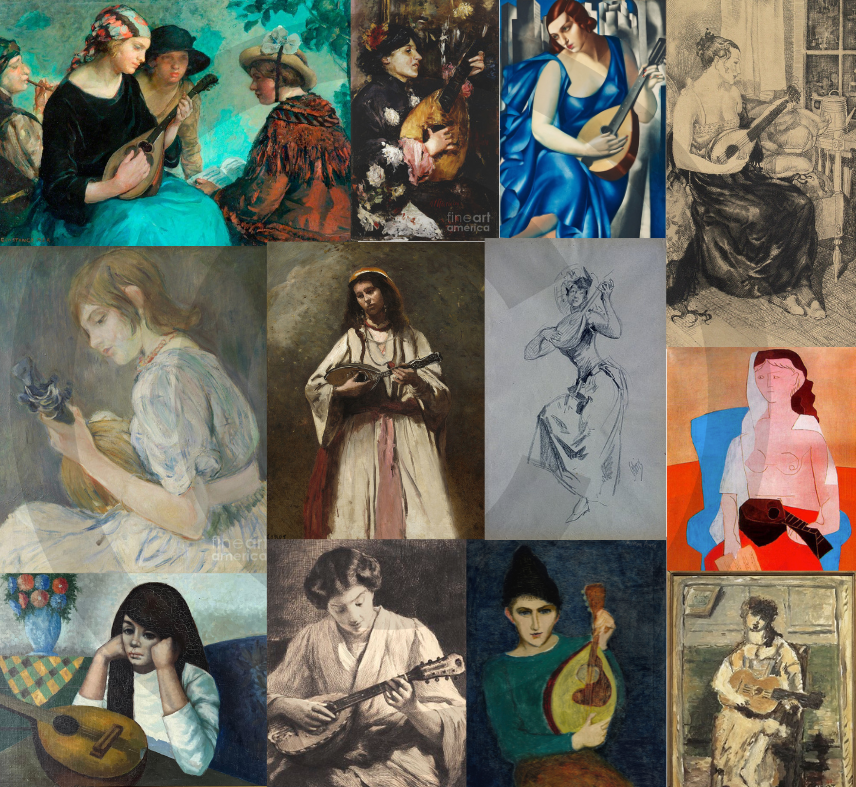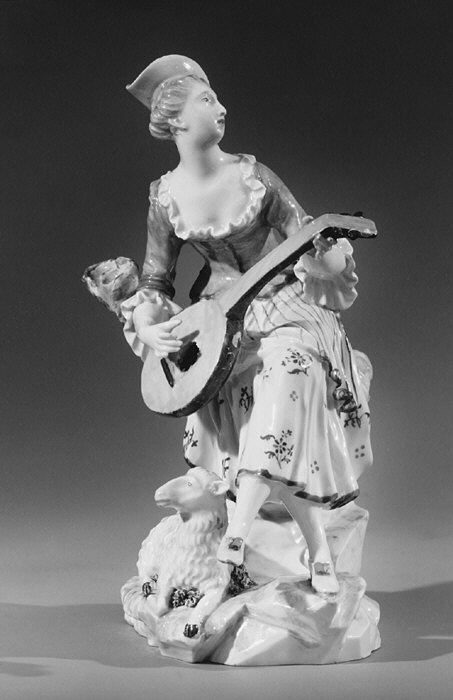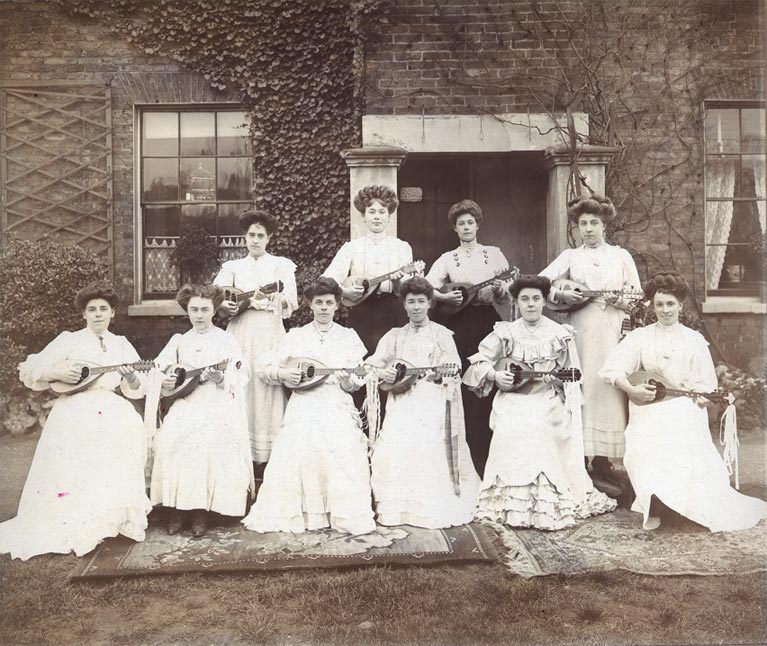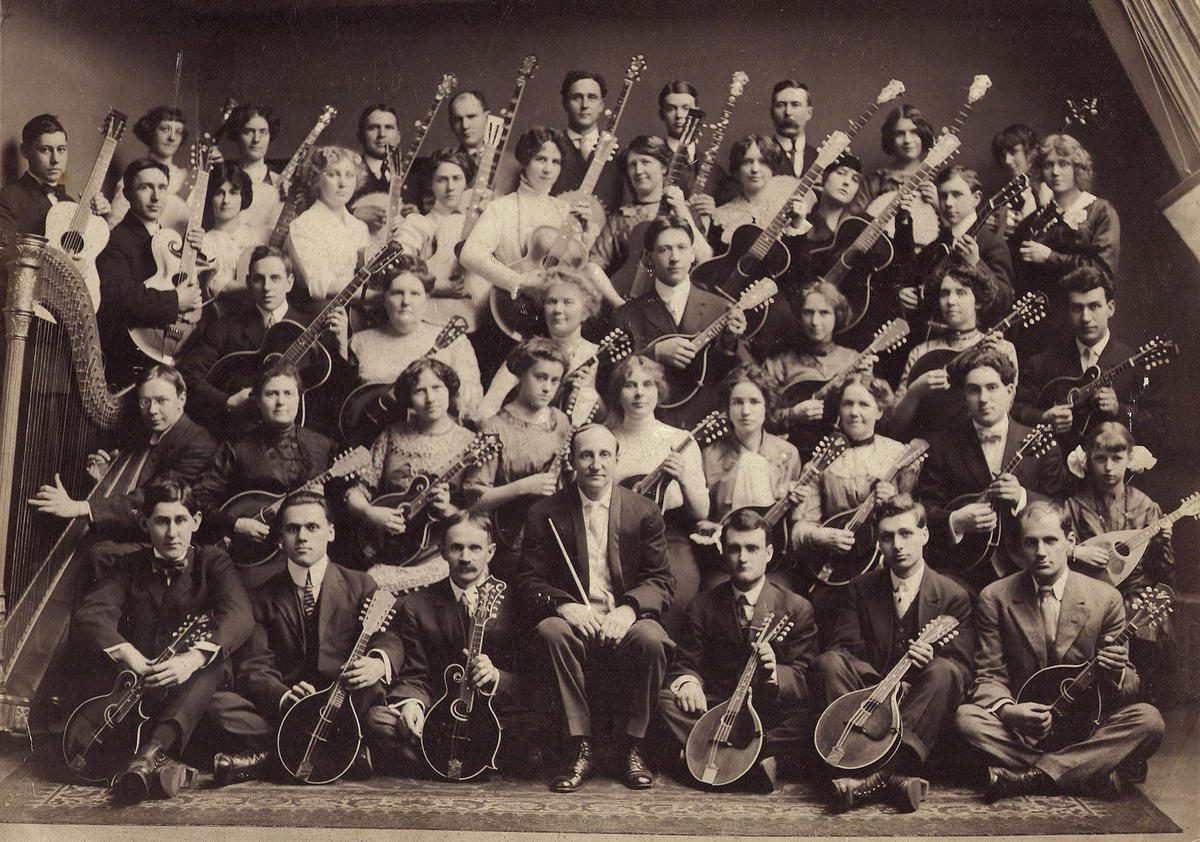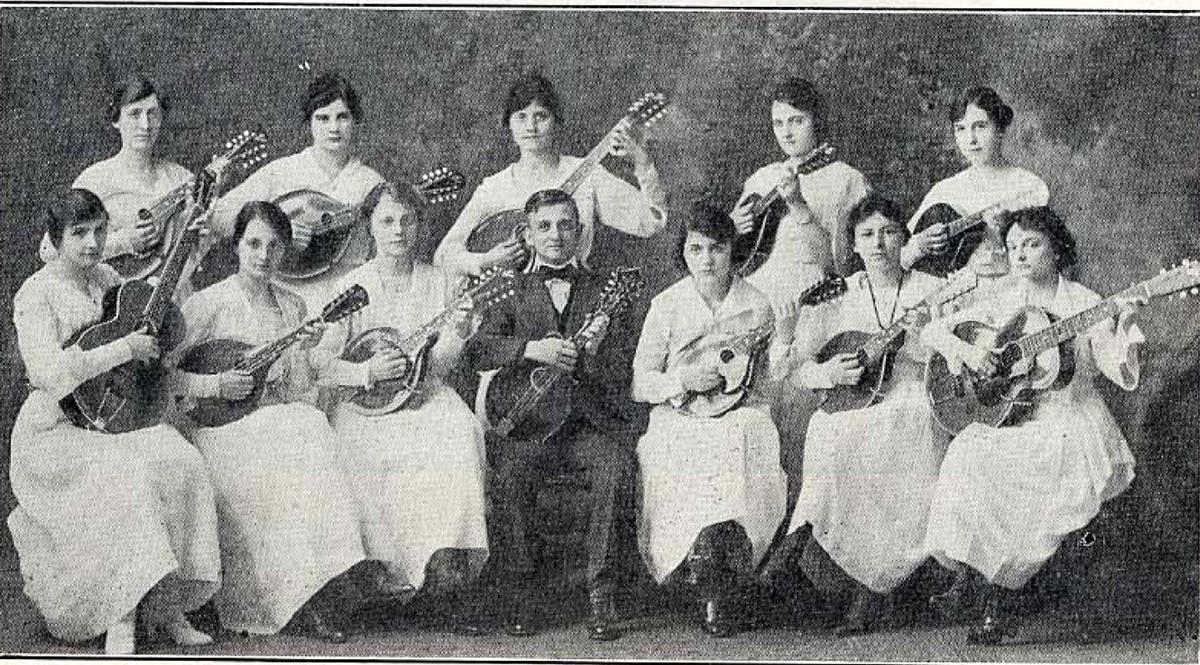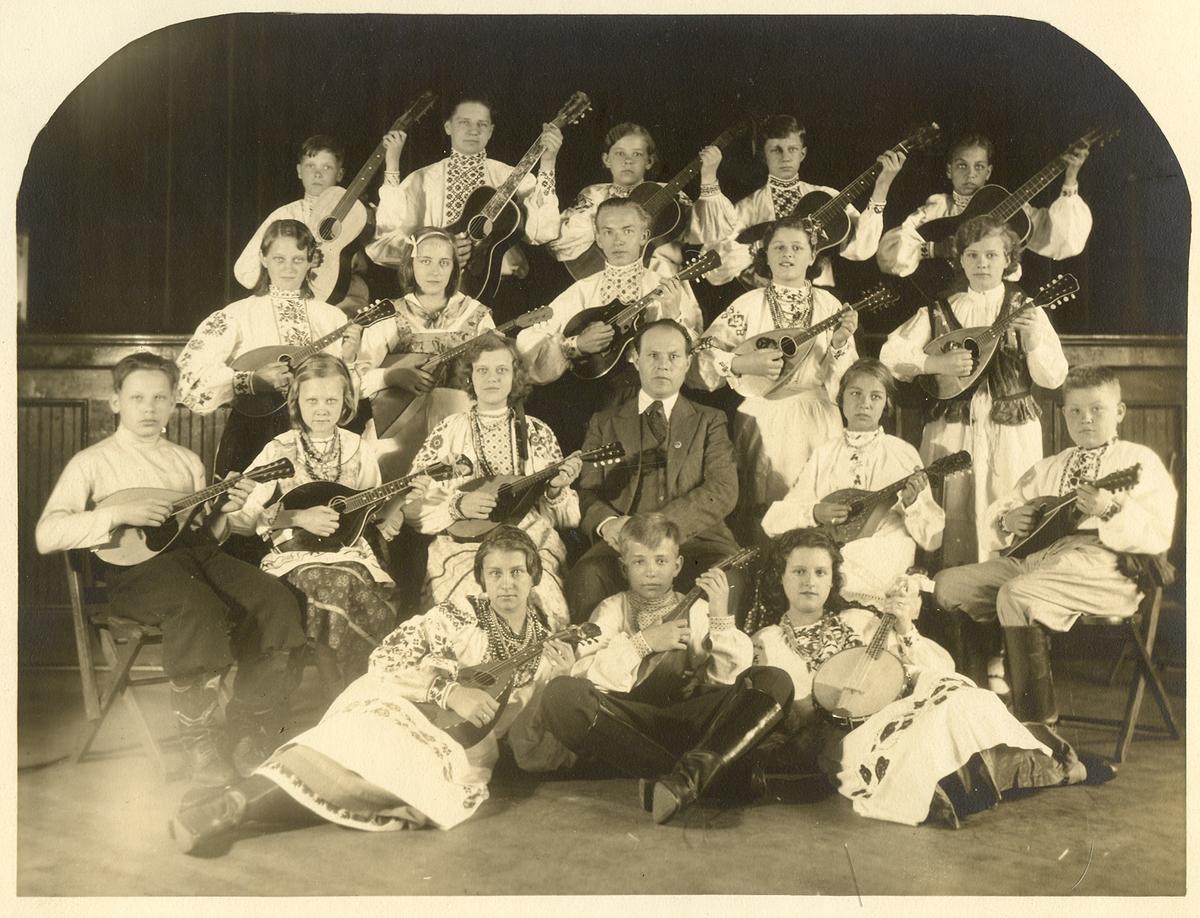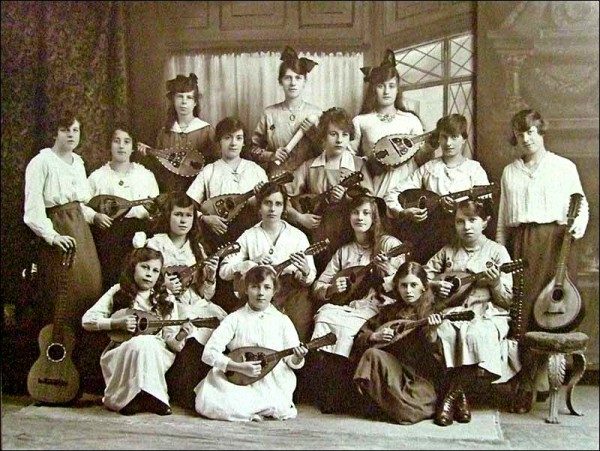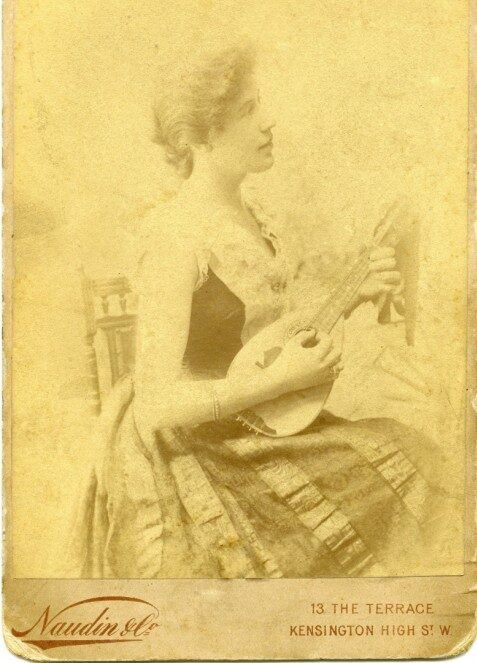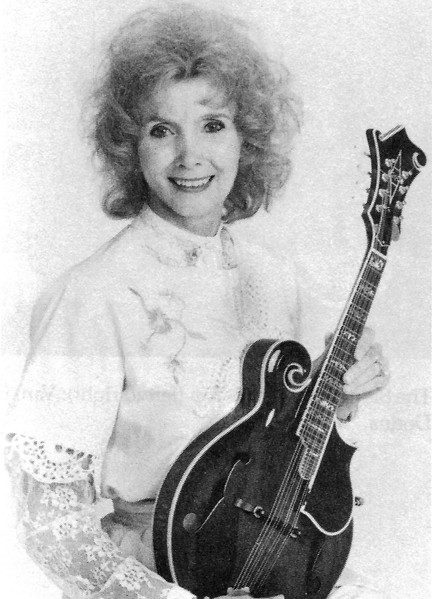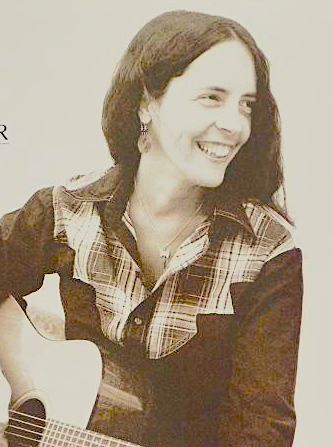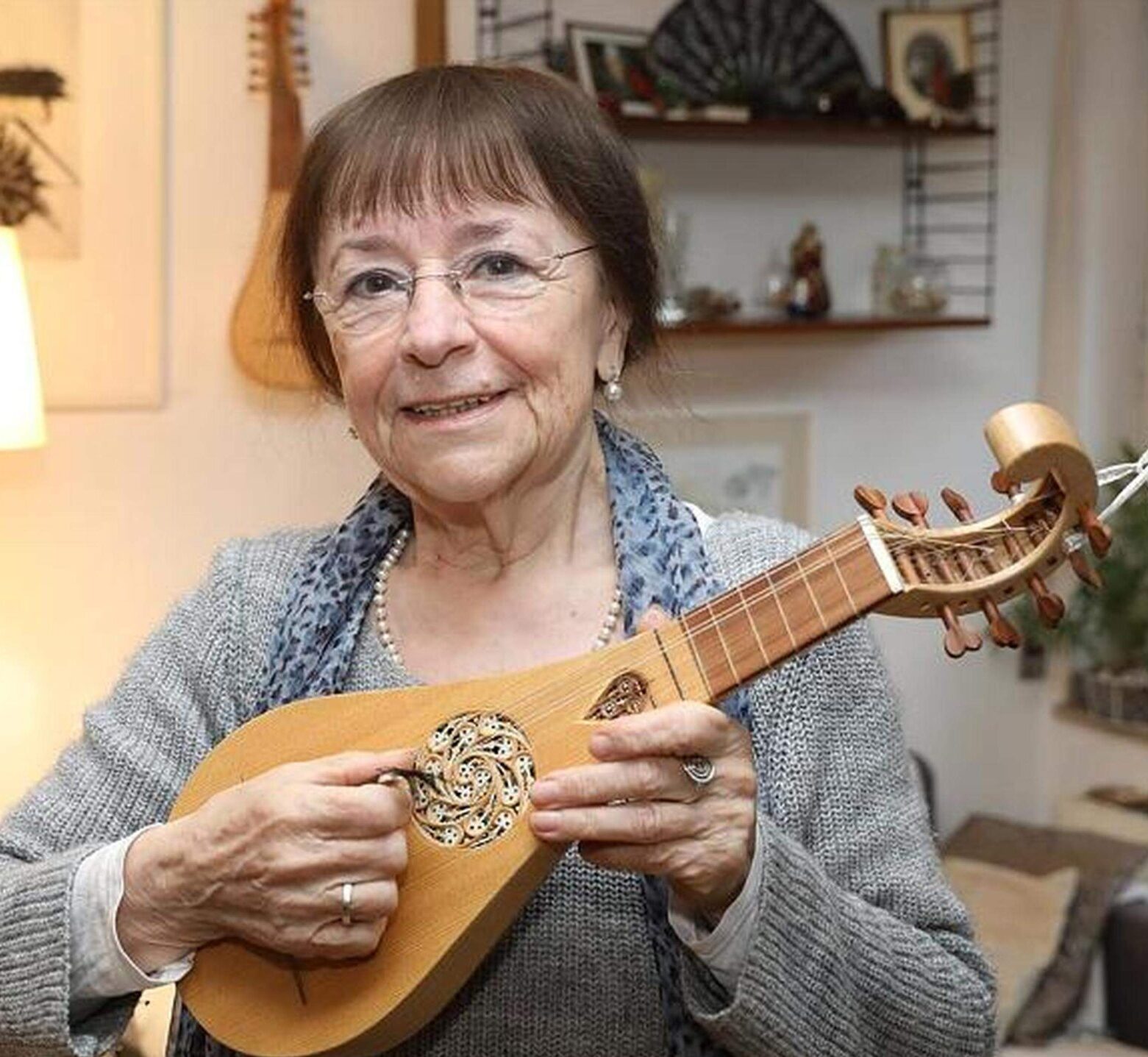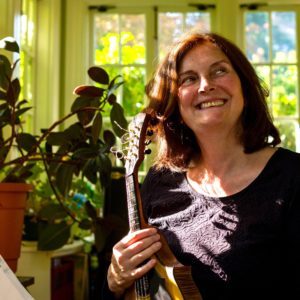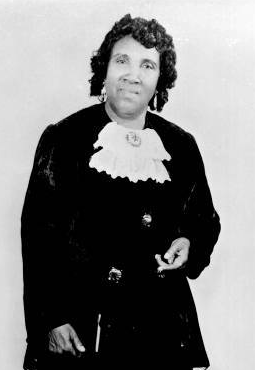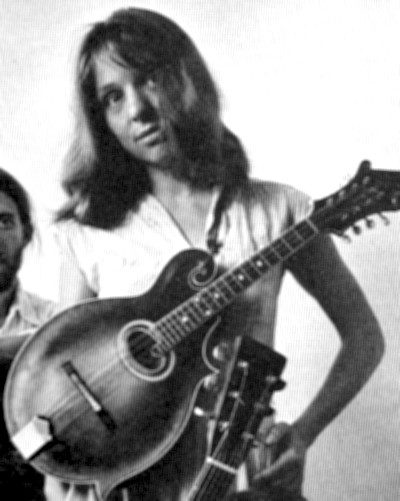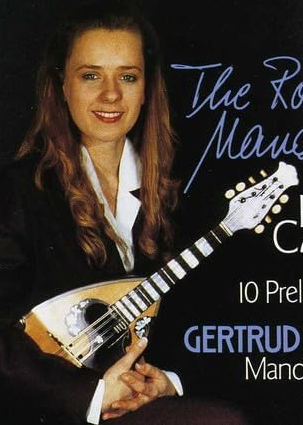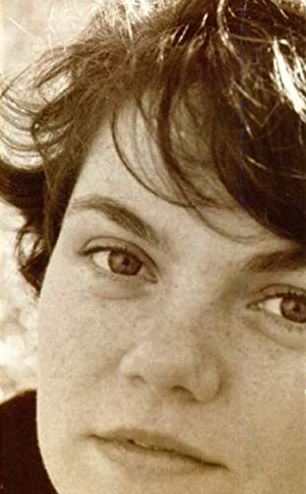Women have a long, well known and complex history with the mandolin. So much in fact, that we’re forced to split Mandolin & Banjo into different posts (perhaps moving Banjo to Old-Time).
In fact one could write several dissertations alone on women and mandolins in art. Much of this art might seem to portray the mandolin as a fad, feminine and very much feeding the patriarchy, but during the periods in which much of this artwork was created there is clear evidence showing many, if not most, women were skilled and serious mandolinists. And yes, while also still being influenced by the patriarchy.
The Golden Age (1880s-1920s)
Mandolin bands and orchestras became more popular than ever. Lots and lots of them.
As you can see, women are well represented. Learn more about mandolin orchestras here.
“This picture picture was taken in Orange, Texas around 1900. My grandmother was a talented musician who played piano, gave voice lessons as well as playing violin and mandolin. She was a featured performer at the Orange Opera House, provided piano accompaniment to the Silent Movies, and played at the local Baptist Church. As I was growing up, she taught me to play violin and piano and her influence gave me my love for music.
At least four of these young ladies are related to me. My grandmother Nell Wilson Pond is on the front row at the right. Next to her is her cousin, Stella Wilson Pond. Lela Pond is front row left. On the back row, second from the left is Lillie Pond, Lela’s twin sister. Unfortunately, I have not been able to identify the other girls.”
Lloyd Pond (received 3/2016)
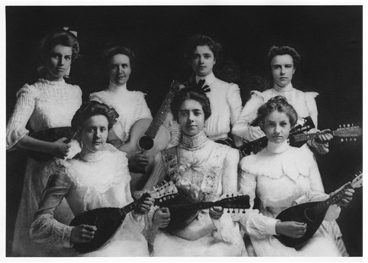
“This photo is from a union newspaper in Chicago. I believe it was the ILGWU or Amalgamated Clothing Workers, but I’m not sure. The woman sitting lower right is my aunt, Edith Katzman, and I still have that mandolin. I played for a short time but never got very good.
The text above the English is not Hebrew or Yiddish: it is actually a transliteration of the English using Hebrew characters. (The union had a very high percentage of Jewish immigrants).”
Jay Shefsky Chicago, IL (received 5/2012)
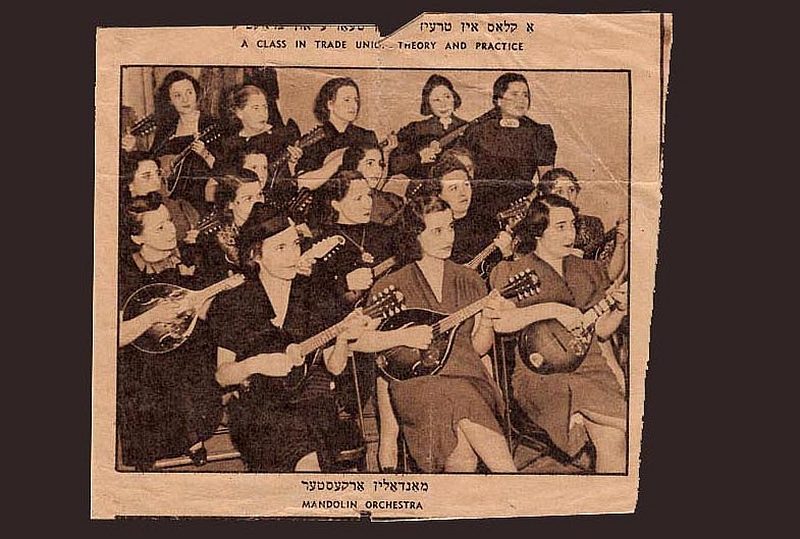
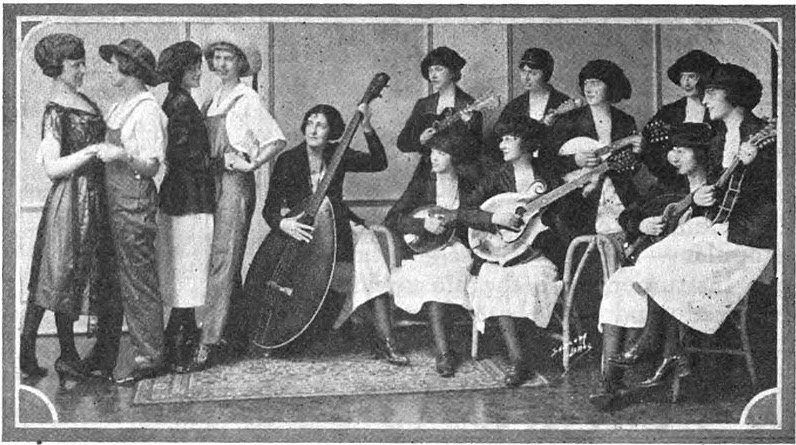
While women mandolinists have been well recognized, at least as groups of white women, the patriarchy still had its effect. For example, a reasonable google search for mandolin composer, Marie Madeleine Cottin, only results in copies of her ‘Méthode de Mandoline’ and youtube videos of one of her guitar pieces, with the included passage: Marie Madeleine Cottin (1876-after 1952) was a French mandolin and guitar player, teacher and composer. She was the sister of the Parisian guitarist Alfred Cottin (1863-1926). In 1909 she published her ‘Méthode Complète de Guitare’, dedicated to this brother. She also published a ‘Méthode de Mandoline’. In Paris she formed a quintet bearing her name and consisting of two mandolines, mandola, lute and guitar.
However, there are wikipedia pages with portraits for her brothers, Jules and Alfred.

Do you recognize these women?
Clara Louisa Ross (1858-1954) – Composer
Donna Stoneman (1934-
Robin Flower
Marilynn Mair
Katie Bell Nubin Atkins (1880-1969) – Mother to “Sister Rosetta” Tharpe
Gertrud Tröster
Alison Stevens (1970-2010)
Lorraine Duisit
Alice McLain
Laura Ella Dukes (1907-1992)
KC Groves (1971-
Rachela Zelmanowicz-Olewski (1921-1997) A story of the Holocaust
Betty Beath -Composer
Marie Madeleine Cottin (1876-after 1952) -Composer
Marga Wilden Hüsgen (1942-
We asked our Mandolin Week Coordinator, Jim Magill, to name a woman mandolinist who is both inspirational to all generations and who (already) belongs in the category of ‘legends and pioneers’. His answer: “Sierra Hull: 5-time IBMA winner, 2-time Mandolin Player of the Year.” Check out “E Tune” here!
And to bring it all back around to The Swannanoa Gathering, we are honored to highlight our brilliant instructor, Caterina Lichtenberg! Read this Hyperlocrain.com Music Blog Interview with Caterina here.
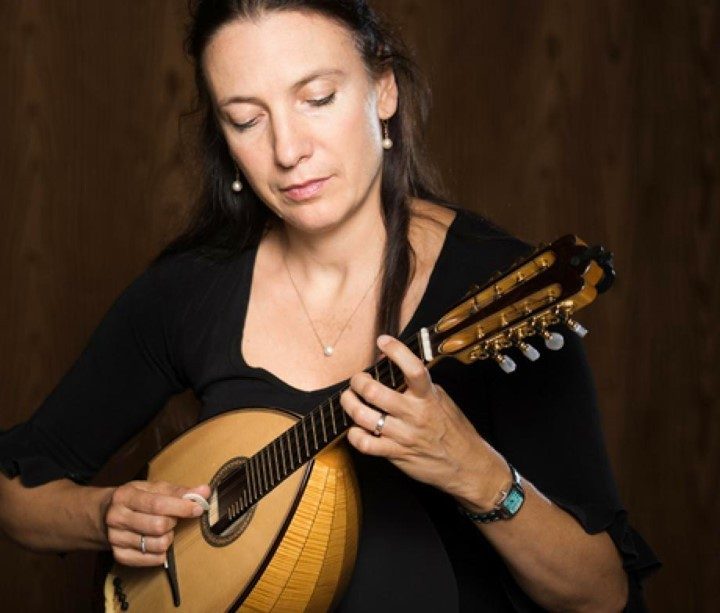
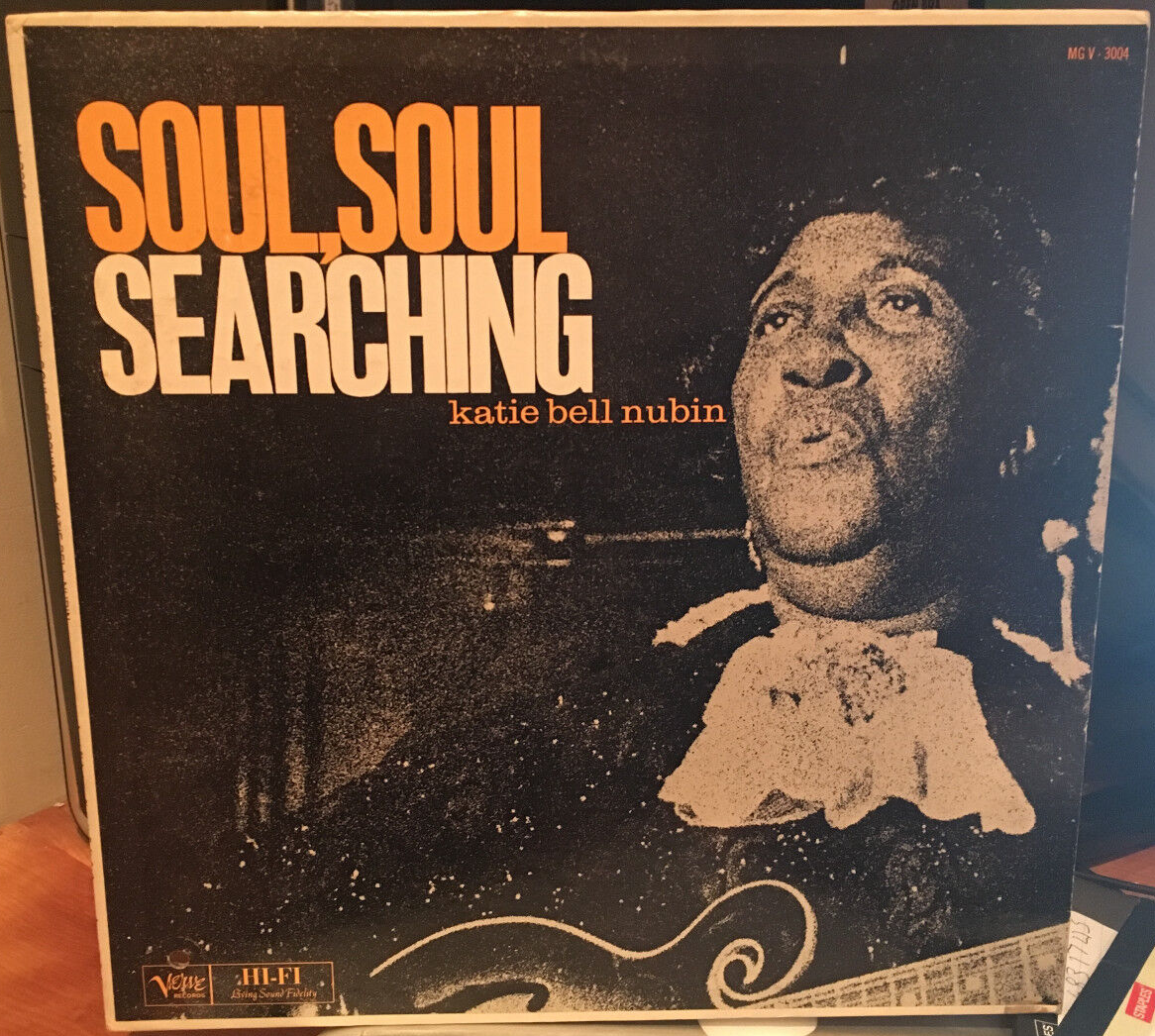
Katie Bell Nubin on the mandolin: https://www.youtube.com/watch?v=iKkxESJlpx4
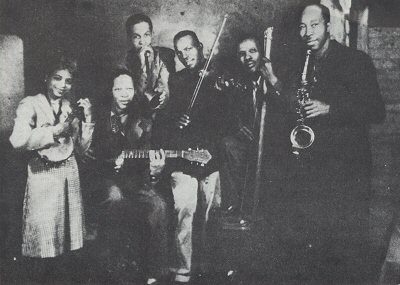
From Ranald on mandolincafe.com forum: “Thanks, again, to CharlesE and to his friend, Marshall Wyatt, owner of Old Hat Records in Raleigh, North Carolina, for bringing Little Laura Dukes to my attention. Laura Ella Dukes (1907-1992) was born in North Memphis. Her father was a drummer in W.C. Handy’s band. Laura was a child performer. Because she was very small, 4’7″ as an adult, she was called “Little Laura” or “Little Bit.” Dukes was a blues singer and dancer, who first played guitar, then mandolin, banjo, and ukelele. In photos, she often holds a banjolin. She performed blues on guitar with Robert McCollum (a.k.a. Robert Nighthawk), then took up the other instruments. Like Vol Stephens (Blues, Stomps, & Rags #20), she recorded with the Memphis Jug Band, a loose collection of musicians, led by Will Shade. (Charlie Burse also played mandolin with the band, but I’m unable to hear the instrument on his YouTube videos.) Dukes also recorded in the 1950’s with the Will Batts Band, and with Will Shade and Gus Cannon (the latter of Cannon’s Jug Stompers). In 1972, she recorded in her own name, “Little Laura Dukes,” and continued to perform into the 1980’s (info from Wikipedia). YouTube has many videos of Laura Dukes in her old age, singing either with ukelele or without instrumentation.”
From Carnegie Hall’s ‘The Timeline of African American Music’ https://timeline.carnegiehall.org/stories
“During the second half of the 19th century, African American composers and concert artists operated in a vibrant concert environment that provided new opportunities for training and sustained careers. Although Black musicians were prohibited from participating in orchestras and opera companies, they had access to professional training schools and conservatories, as well as mentorship and patronage from eminent European musicians and composers. The institutions that welcomed both Blacks and women during this period marked significant advancements in music education in America from 1857 to 1900. They included the Peabody Institute (Baltimore), Oberlin Conservatory (Oberlin, Ohio), New England Conservatory (Boston), Boston Conservatory, Cincinnati College-Conservatory (Ohio), Chicago Musical College, and the National Conservatory of Music of America (New York). Examples include the interactions between students and composers Antonín Dvořák (1841–1904) at the National Conservatory (1892–1895) and Julius Eichberg (1824–1893) at the Boston Conservatory. A number of performers and composers also took advantage of opportunities to study in Europe. Despite these advancements, aspiring Black female composers lacked a significant presence.”
And because Donna is so fun
Stoneman Family History: https://youtu.be/L2pcutWE76I
Who is Marietta Columbo?
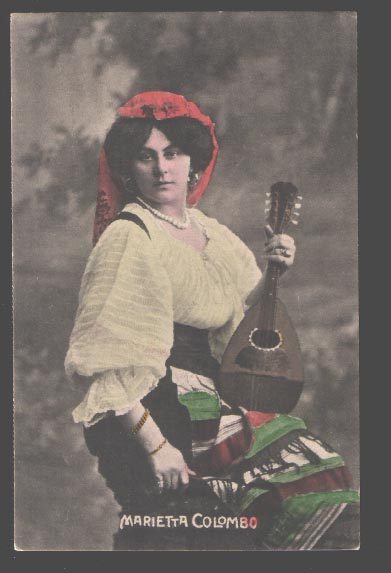
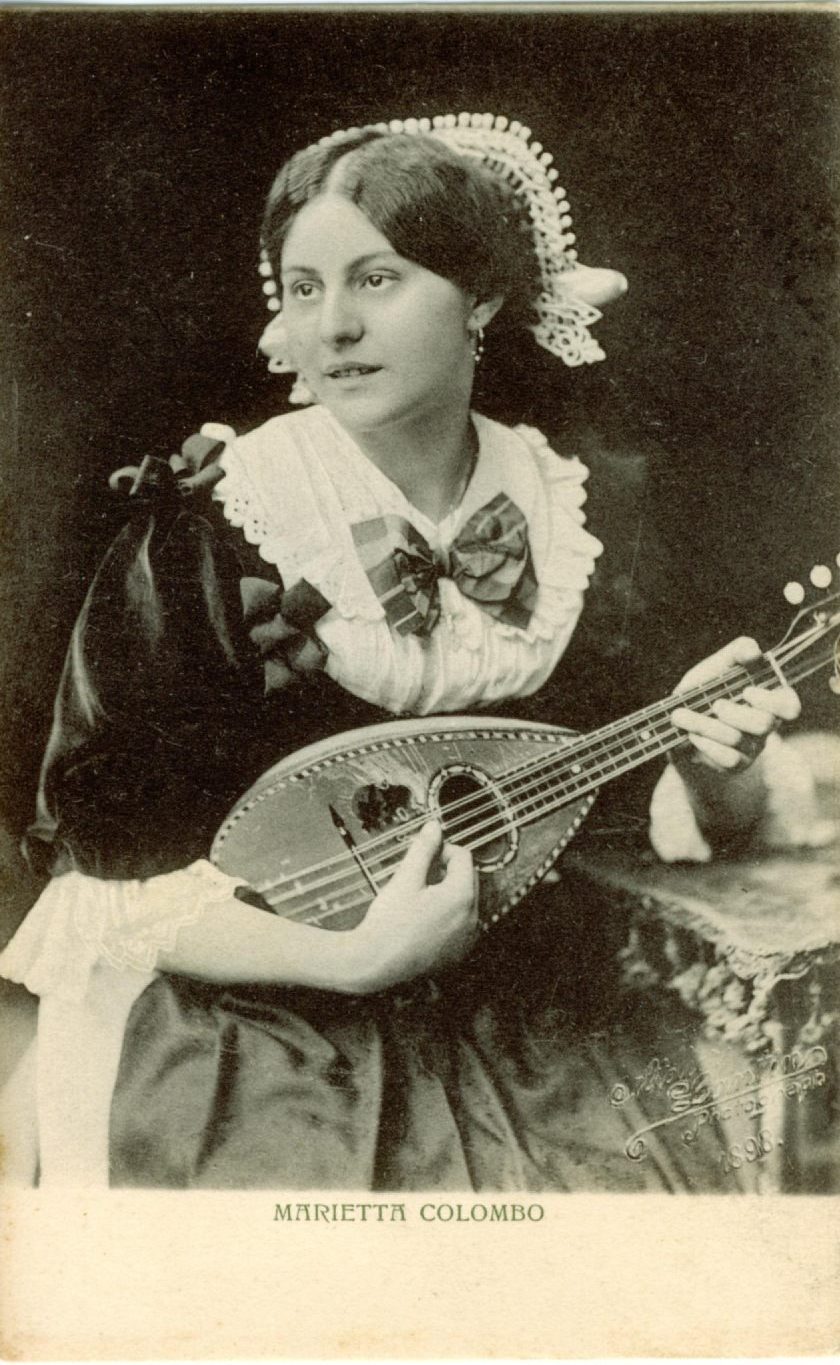
Kimberly Ann Clark 03.26.2024
